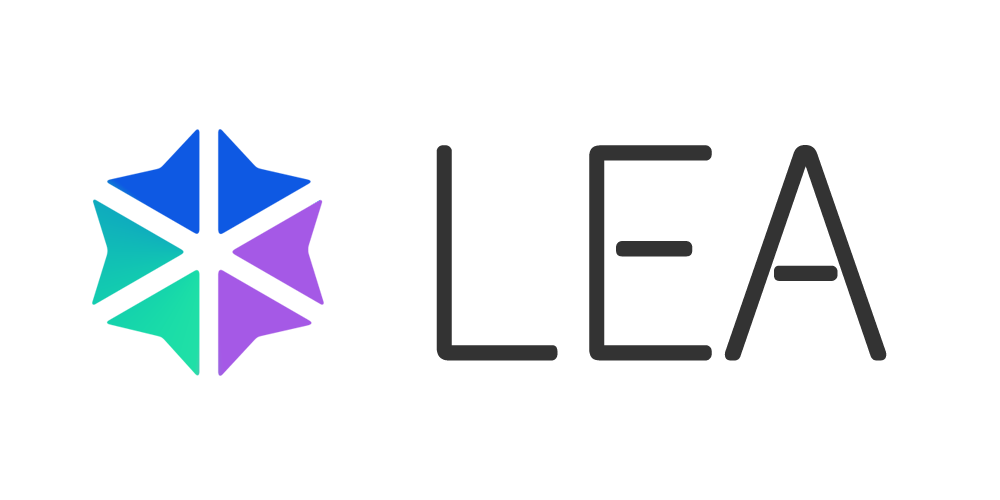
Competitive Positioning: Where Others Fail, LEA Delivers
The blockchain ecosystem has matured rapidly over the past decade, yet fundamental challenges persist. Many Layer 1 protocols remain constrained by monolithic designs, scalability bottlenecks, and poor developer experience — limiting the pace of innovation and mainstream adoption.
LEA addresses these systemic issues with a radically modular architecture, developer‑first tooling, and future‑proof security. This section outlines the most pressing industry problems and how LEA delivers where others fall short.
Developer Experience
Industry Problem:
Established blockchains often impose steep learning curves, fragmented tooling, and require network‑wide upgrades (hard forks) for innovation. Developers must adapt to rigid, one‑size‑fits‑all protocol rules.
LEA Advantage:
- Developer‑First Architecture — Build with the LEA SDK, CLI, and secure‑by‑default contract templates.
- Sovereign Execution Logic — Define governance, fee models, and signature schemes without altering the base protocol.
- Frictionless Onboarding — Rapid deployment and iteration with minimal protocol‑level dependencies.
Scalability Without Sacrifice
Industry Problem:
Most Layer 1s struggle to scale without sacrificing decentralization or security, leading to high fees, congestion, and reliance on external Layer 2 solutions.
LEA Advantage:
- Decoupled Consensus & Execution — Eliminates global bottlenecks, enabling parallelized processing.
- Verifiable State Compression (zk‑STARKs) — Instant node synchronization and low fees at global scale.
- Sustainable Performance — High throughput without compromising trustless verification.
Architectural Flexibility
Industry Problem:
Monolithic chains force all applications to share blockspace, fee markets, and upgrade cycles. Innovation is slowed by governance bottlenecks.
LEA Advantage:
- Programmable Object Domains (PODs) — Sovereign ecosystems with independent rules, tokens, and cryptography.
- Immutable Core, Mutable Edge — Core consensus remains stable while applications evolve independently.
- No Hard Forks Required — Protocol upgrades are unnecessary for most application‑level innovations.
Interoperability & Ecosystem Unity
Industry Problem:
Current ecosystems are fragmented, relying on complex and often insecure bridges for cross‑chain or cross‑application communication.
LEA Advantage:
- Secure Inter‑POD Communication — Atomic, permissioned cross‑domain calls via the Decoder Handshake.
- Native Coexistence — Regulated finance, DeFi, gaming, and privacy‑focused applications operate on the same secure layer.
- Shared Security — All PODs benefit from LEA’s consensus guarantees without compromising sovereignty.
Real‑World Integration
Industry Problem:
Integration of real‑world assets (RWA) and compliance frameworks remains cumbersome, limiting institutional adoption.
LEA Advantage:
- Compliance‑Ready Hooks — Native support for KYC/AML verification in execution logic.
- Tokenization Frameworks — Out‑of‑the‑box support for creating and managing real‑world asset tokens.
- Regulated & Unregulated Coexistence — POD design allows compliant and privacy‑focused ecosystems to thrive side‑by‑side.
Security & Future‑Proofing
Industry Problem:
Many blockchains remain dependent on pre‑quantum cryptography, exposing them to long‑term threats. Smart contract vulnerabilities remain a leading cause of asset loss.
LEA Advantage:
- Post‑Quantum Cryptography (PQC) — Dual‑signature models with cryptographic agility to adopt future standards.
- Native Replay Protection — Signature chaining eliminates nonce‑reuse attacks.
- Account Abstraction & Recovery Guarantees — Users can always regain access to assets, even in adverse conditions.
By addressing these challenges head‑on, LEA positions itself as the foundational blockchain for a future where developers can innovate without friction, ecosystems can scale without compromise, and security is never an afterthought.